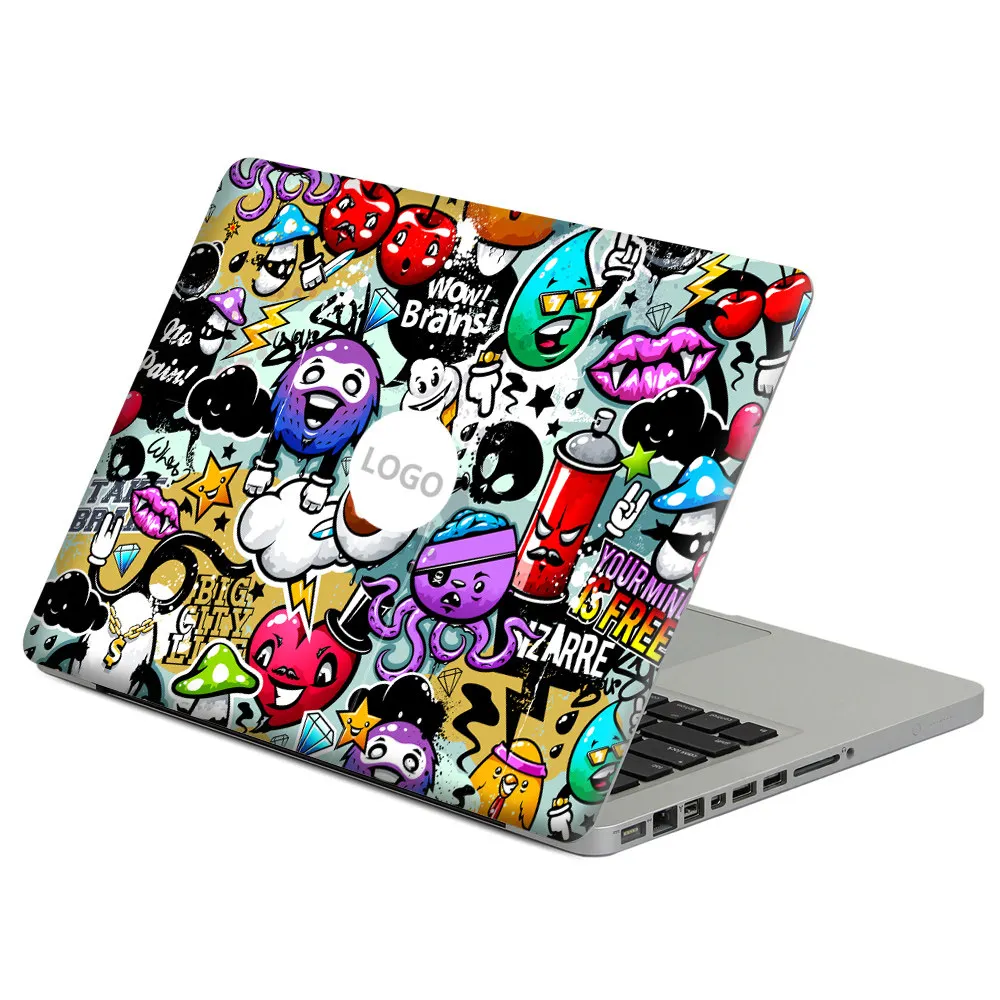

This method ensures that when you remove the thin lamination sheet, all the stickers go with it without directly affecting the MacBook's surface. To do this, you can use Homy's full protection kit and then apply stickers. Laminating your MacBook before you apply stickers to it (to prevent the stickers from directly interacting with the laptop's surface) might be your safest bet if you want the best of both worlds: stickers on the MacBook's real surface. Alternatively, you can buy cases that are already decorated, like this one by TwoL. Then, when you're not feeling like it, you can take these covers off to enjoy your Mac's original look. These are hardshell plastic covers for your MacBook's lid and base., which you can put on your laptop and decorate all you want. The best way to enjoy stickers is to use snap-on cases. How to Avoid Residue When Putting Stickers on a MacBookĮven though stickers leave residue or silhouettes behind, there is a safe way to do it. So, it's best not to apply stickers on MacBooks directly to prevent devaluing them. This residue looks scary, but the bigger problem is the silhouette you might be able to clean off the grease, but faded imprints are permanent. Here's how a typical laptop looks after you remove stickers: In worse cases, you can permanently damage your MacBook while scratching off the sticker residue.įREE CHEAT SHEET: 65+ Essential MacOS Shortcuts

Applying stickers can devalue your MacBook. Stickers are attractive when applied but repulsive when you remove them. Sticker silhouettes: Even if there's no residue, there's a chance that the sticker's design will be imprinted on the Mac as the surface around it fades.This is worst after a sticker has been on your MacBook for a long time. Adhesive residue: The greasy glue left on your MacBook's aluminum surface when you remove the sticker looks terrible and is hard to remove.Is Putting Stickers Directly on My MacBook a Good Idea?ĭirectly applying stickers to your MacBook isn't the best idea for two reasons:


 0 kommentar(er)
0 kommentar(er)
